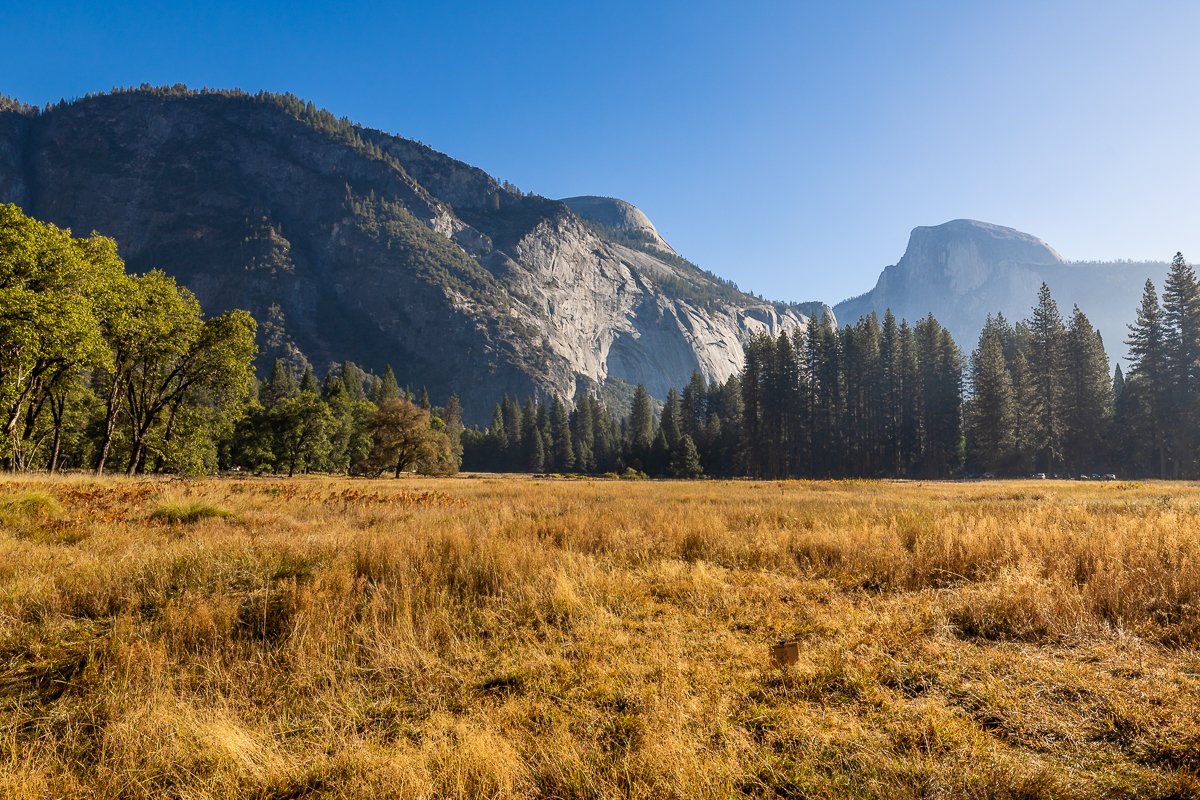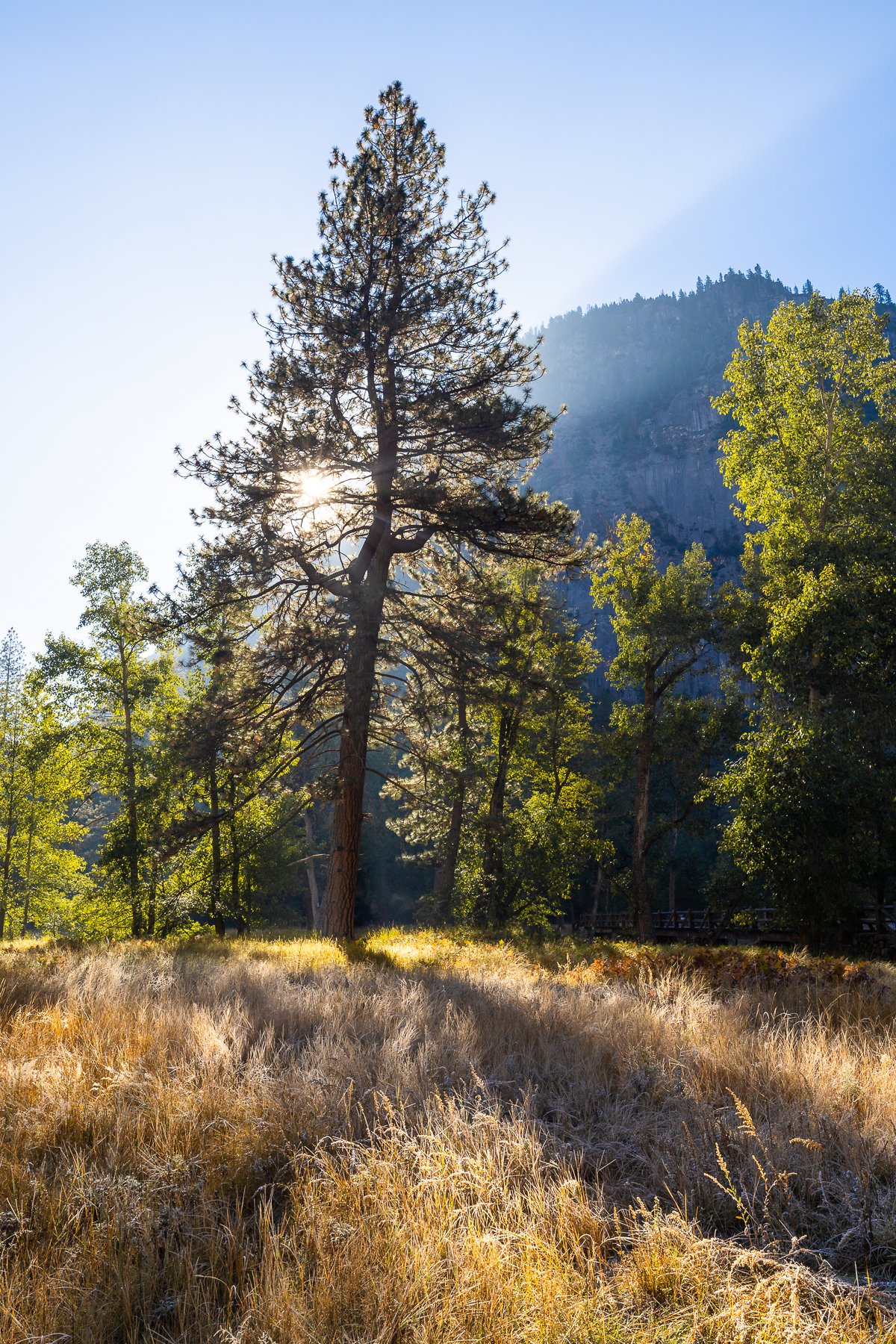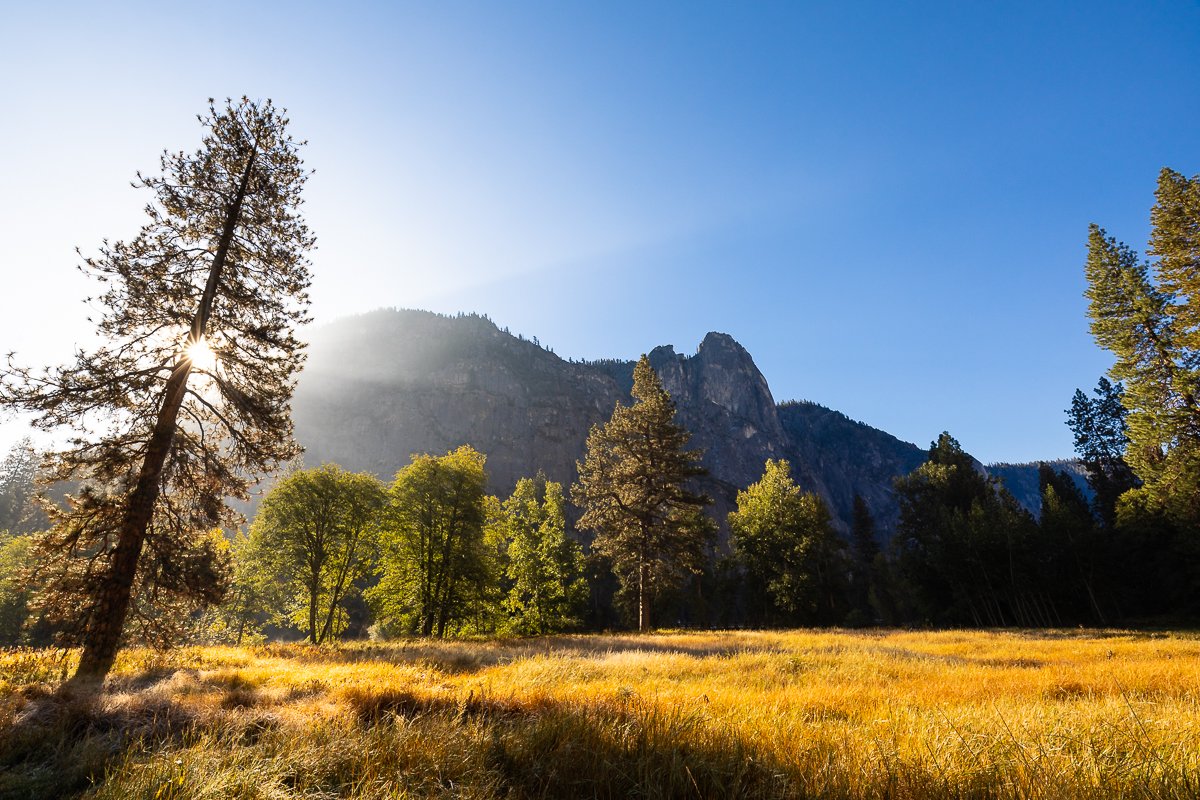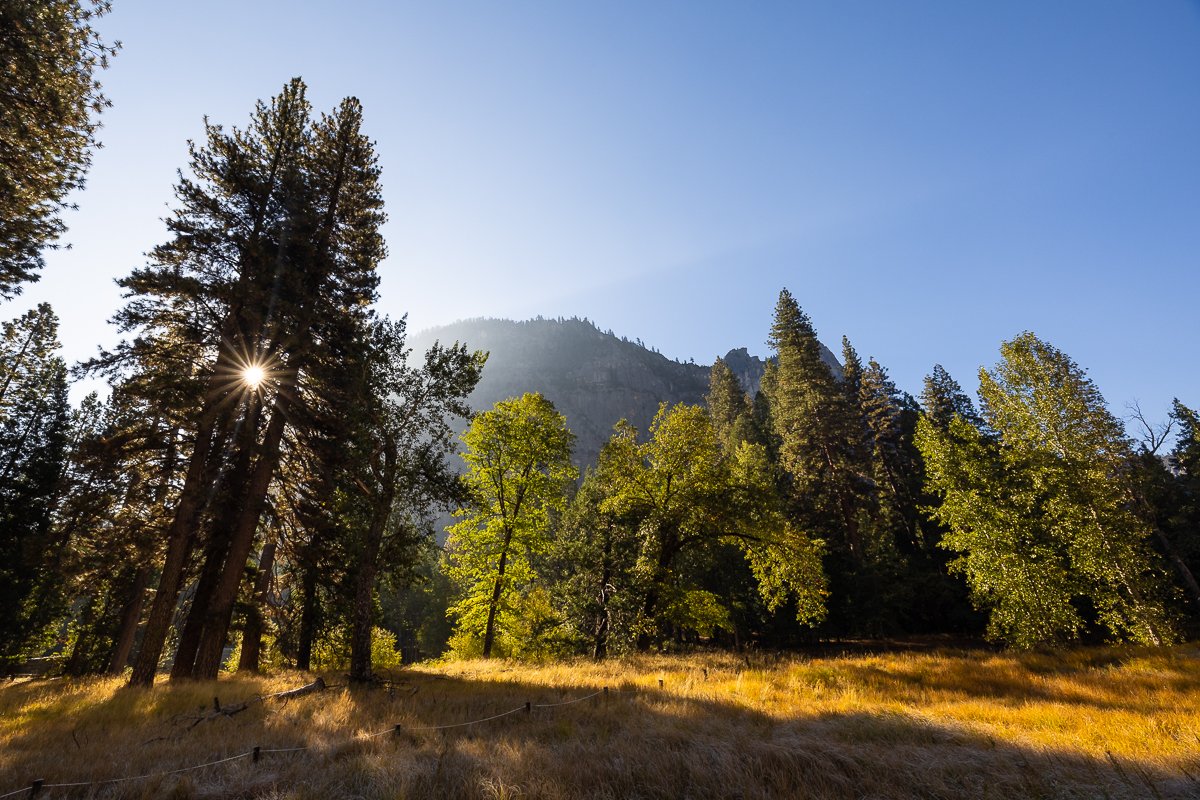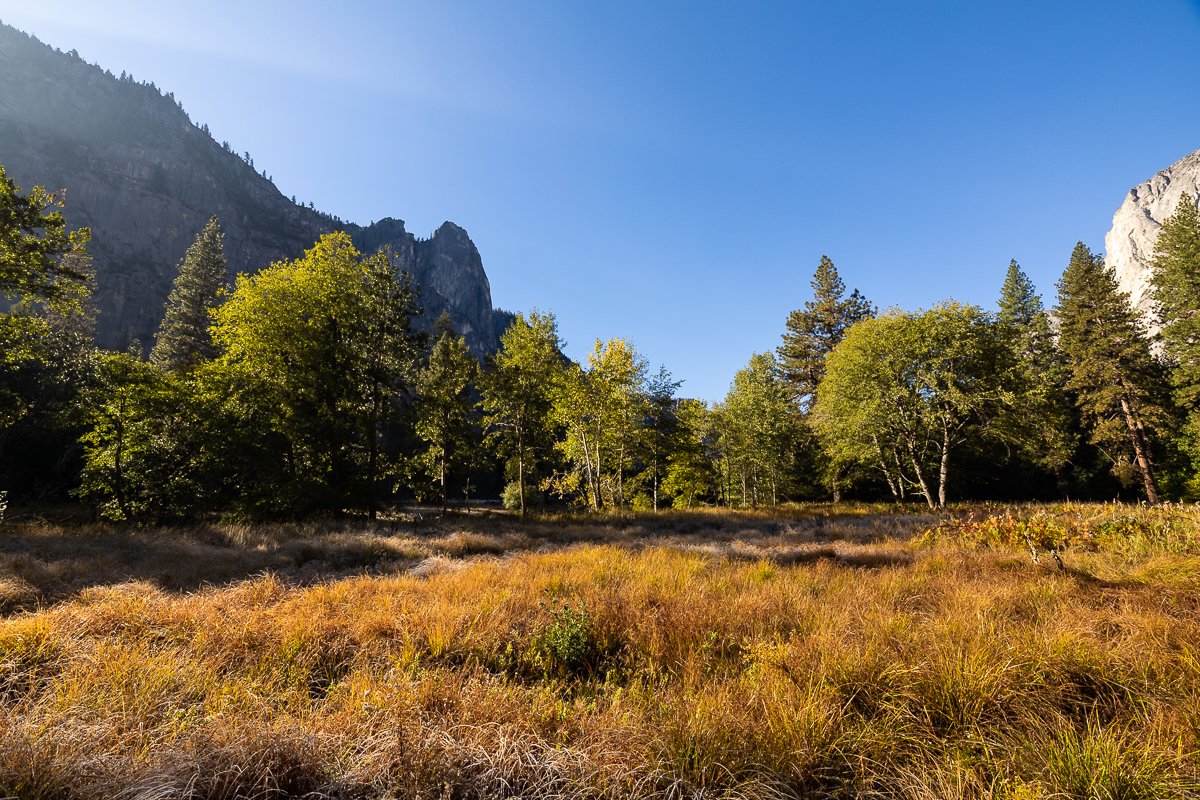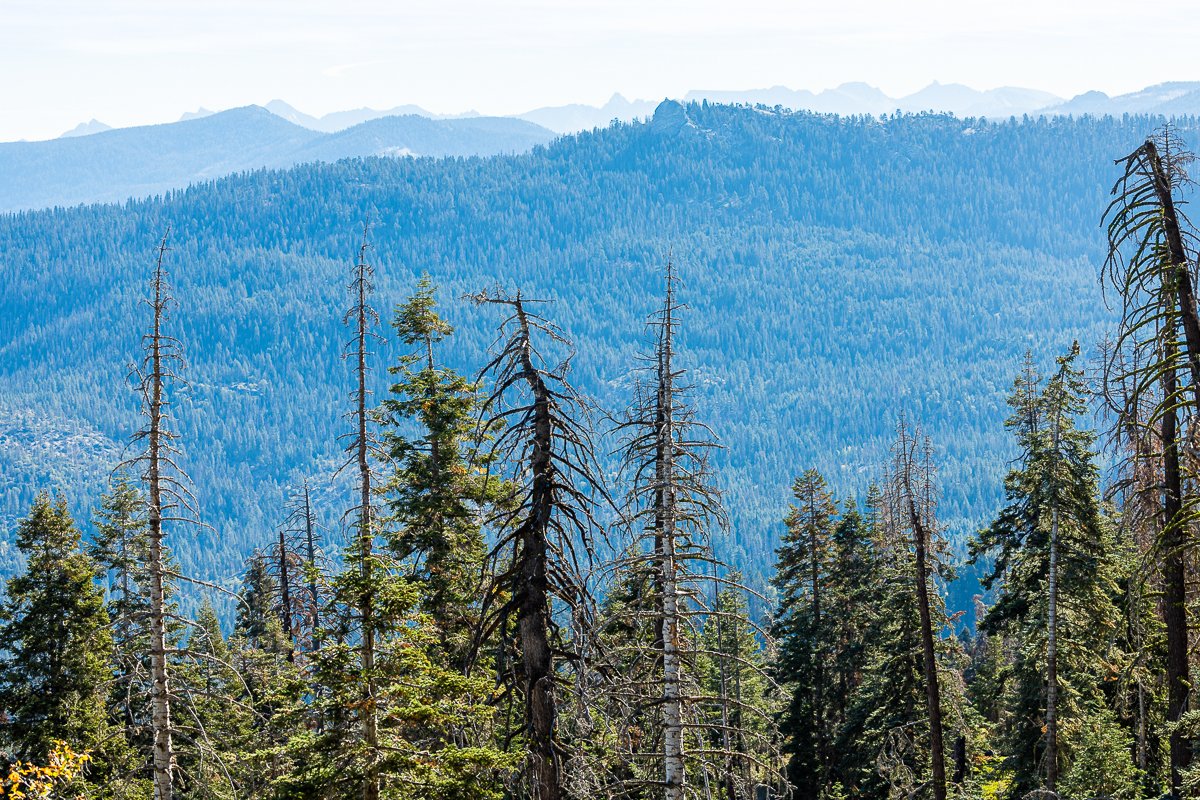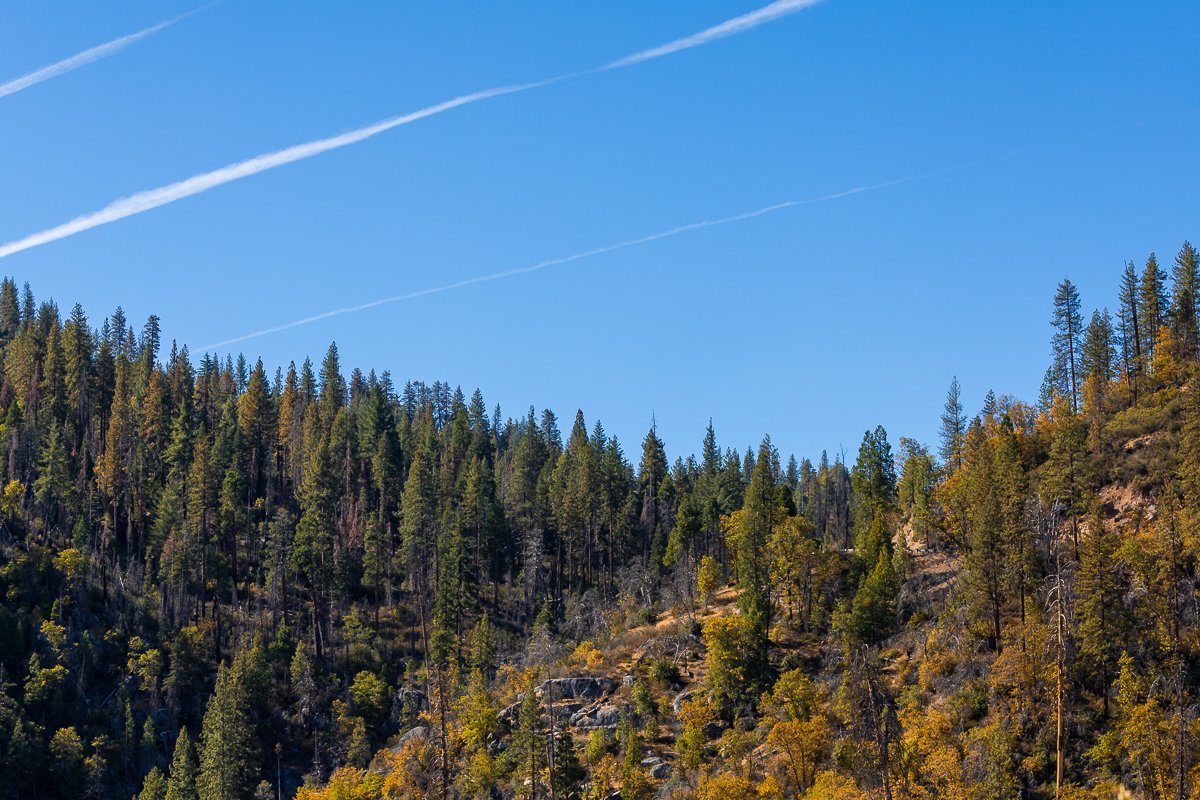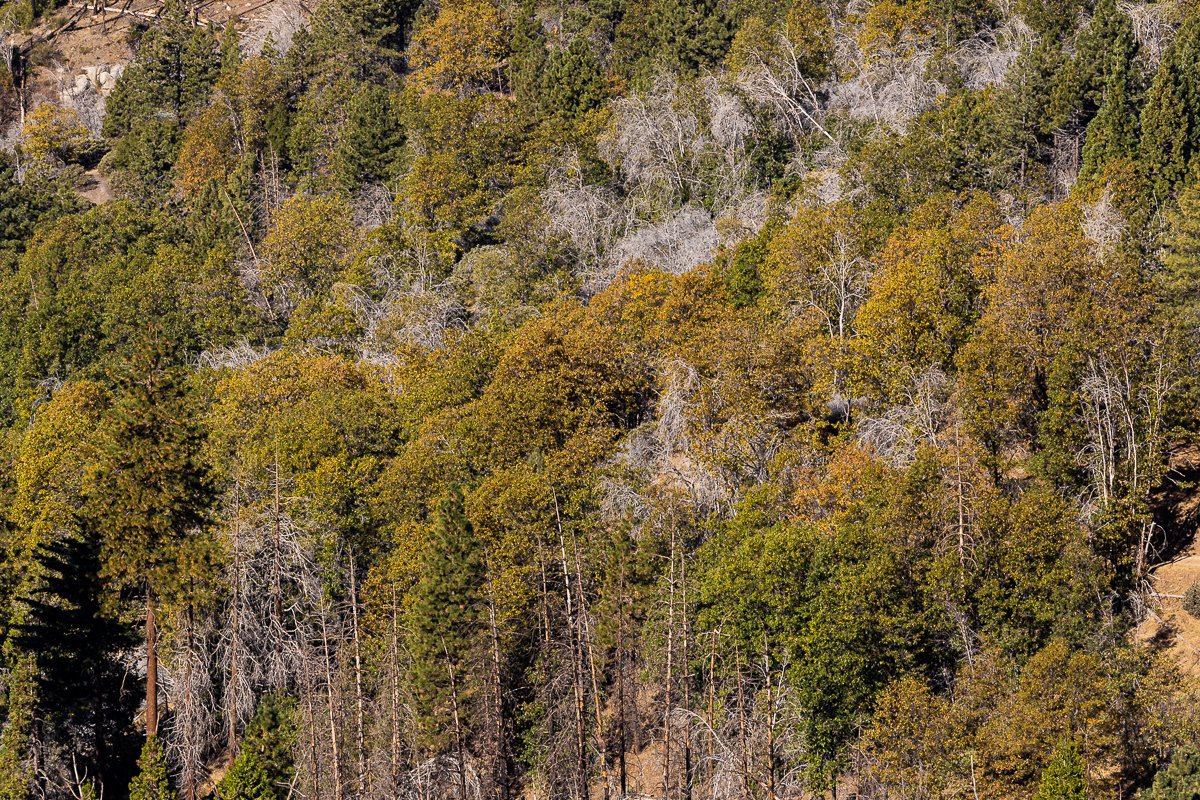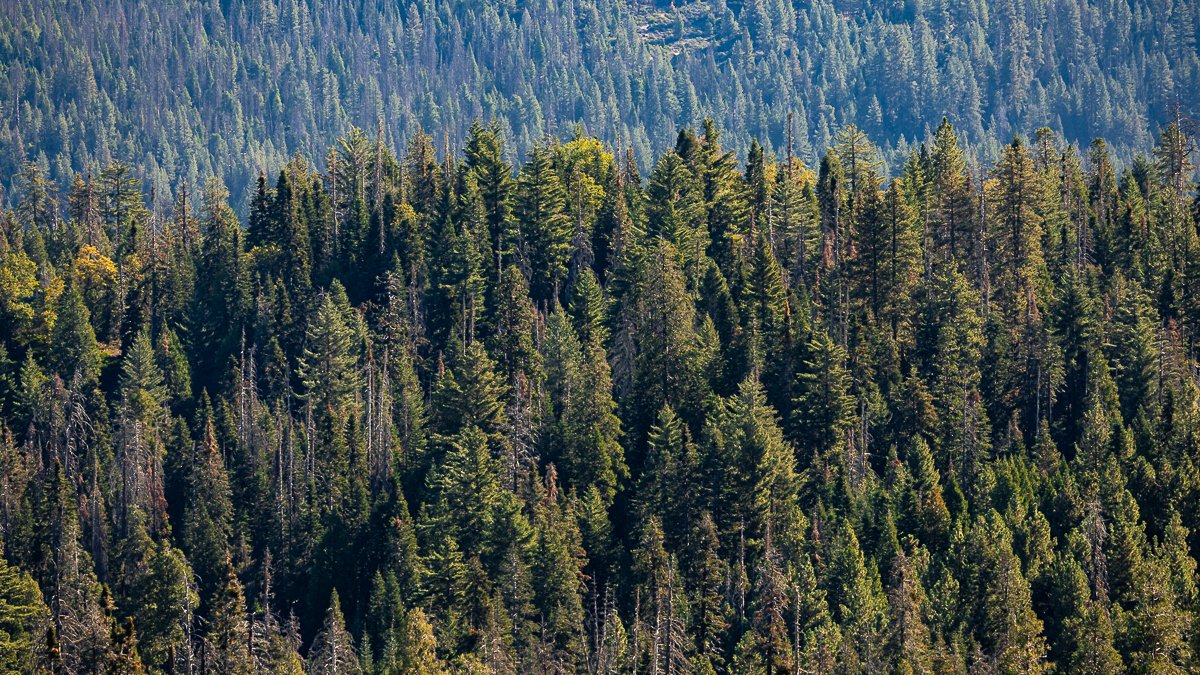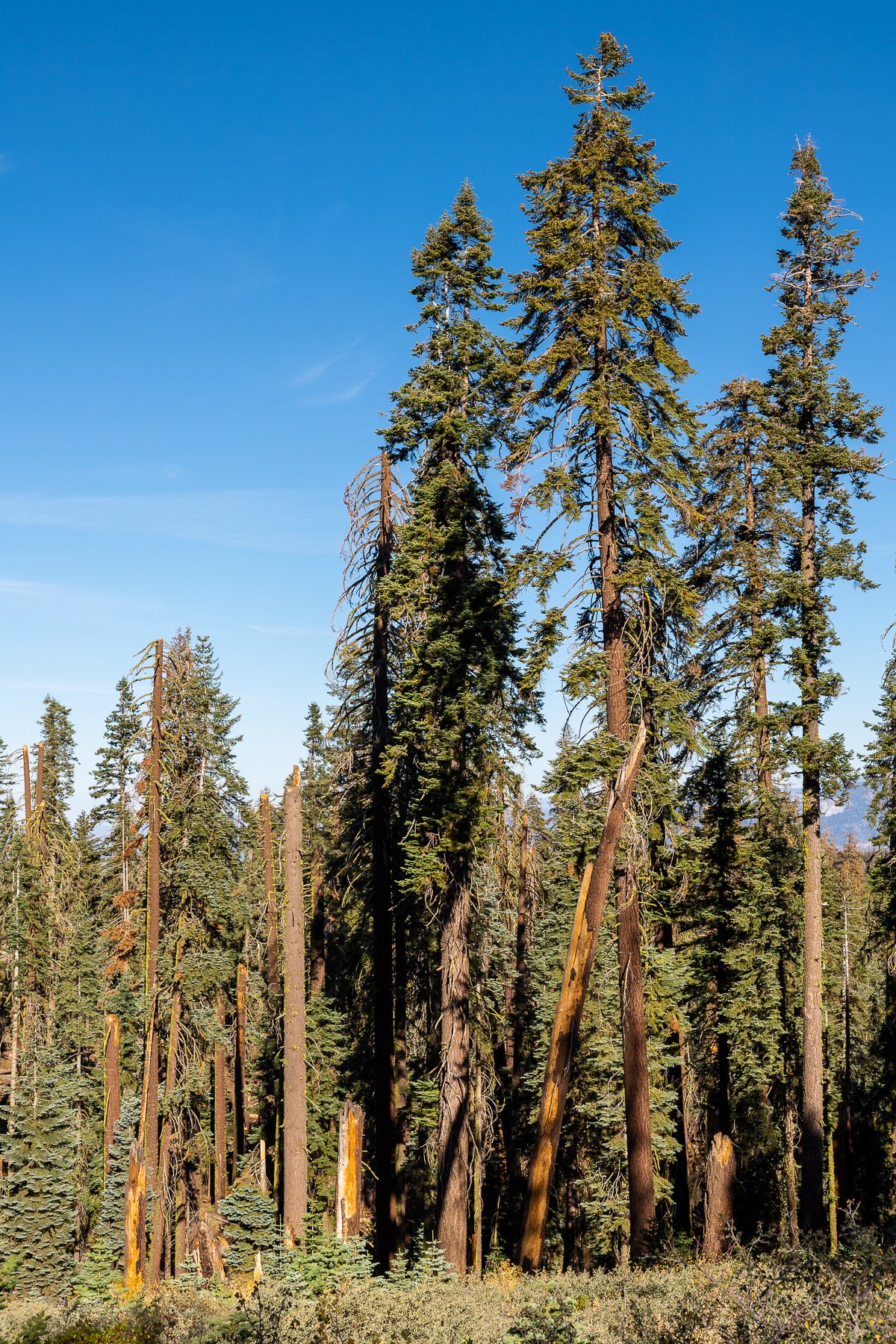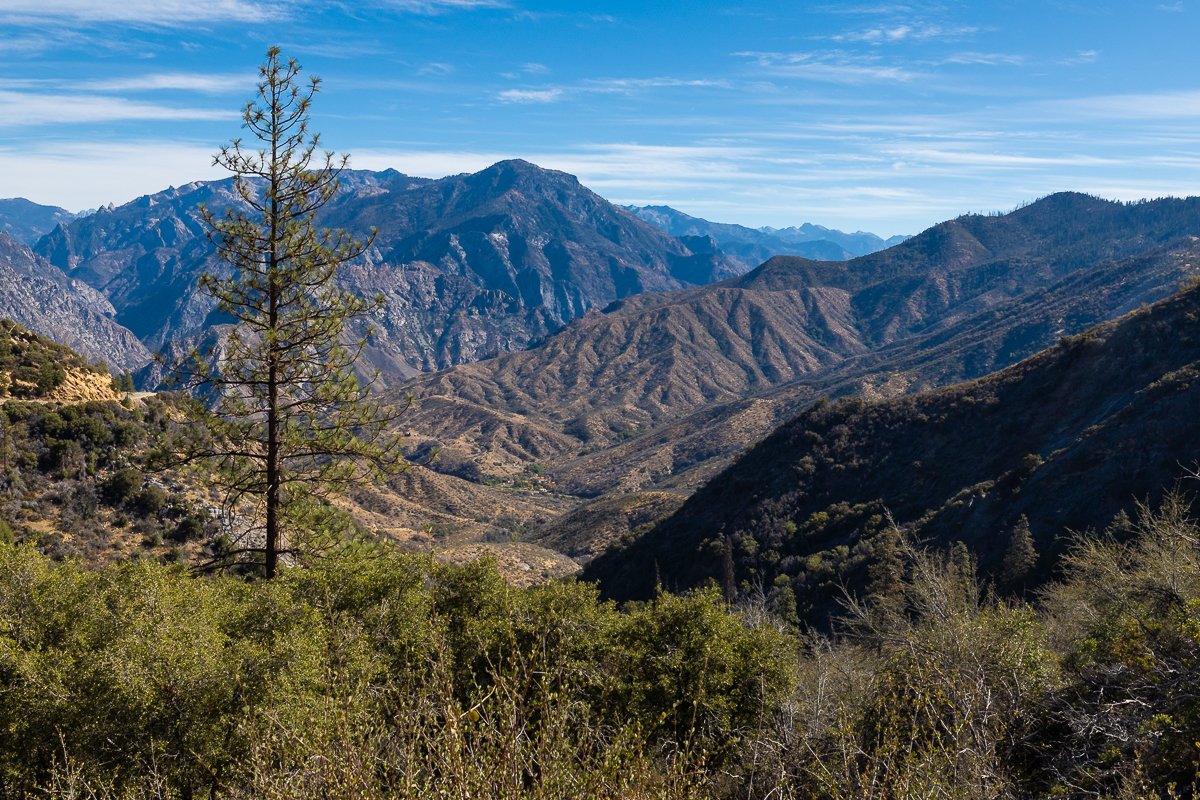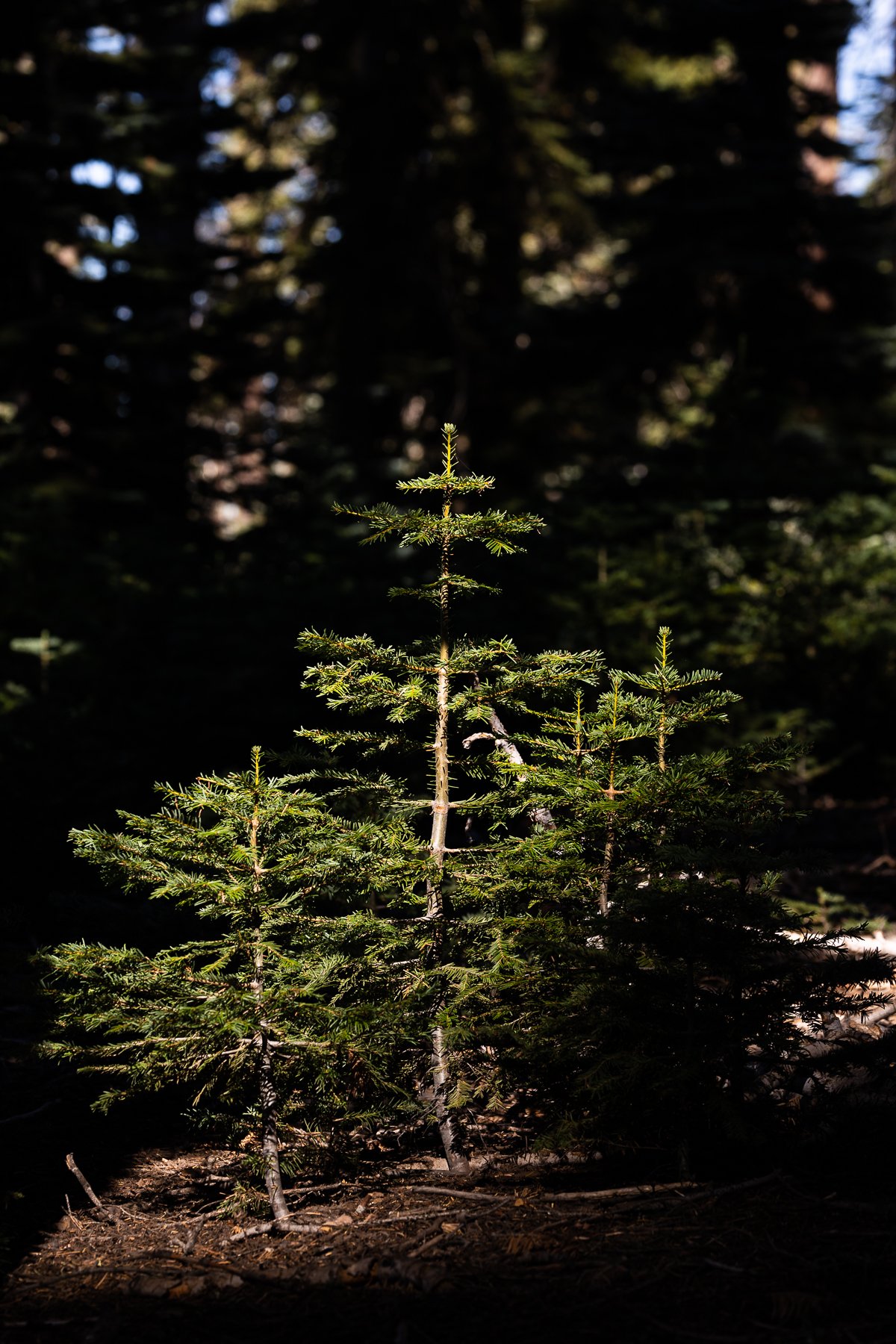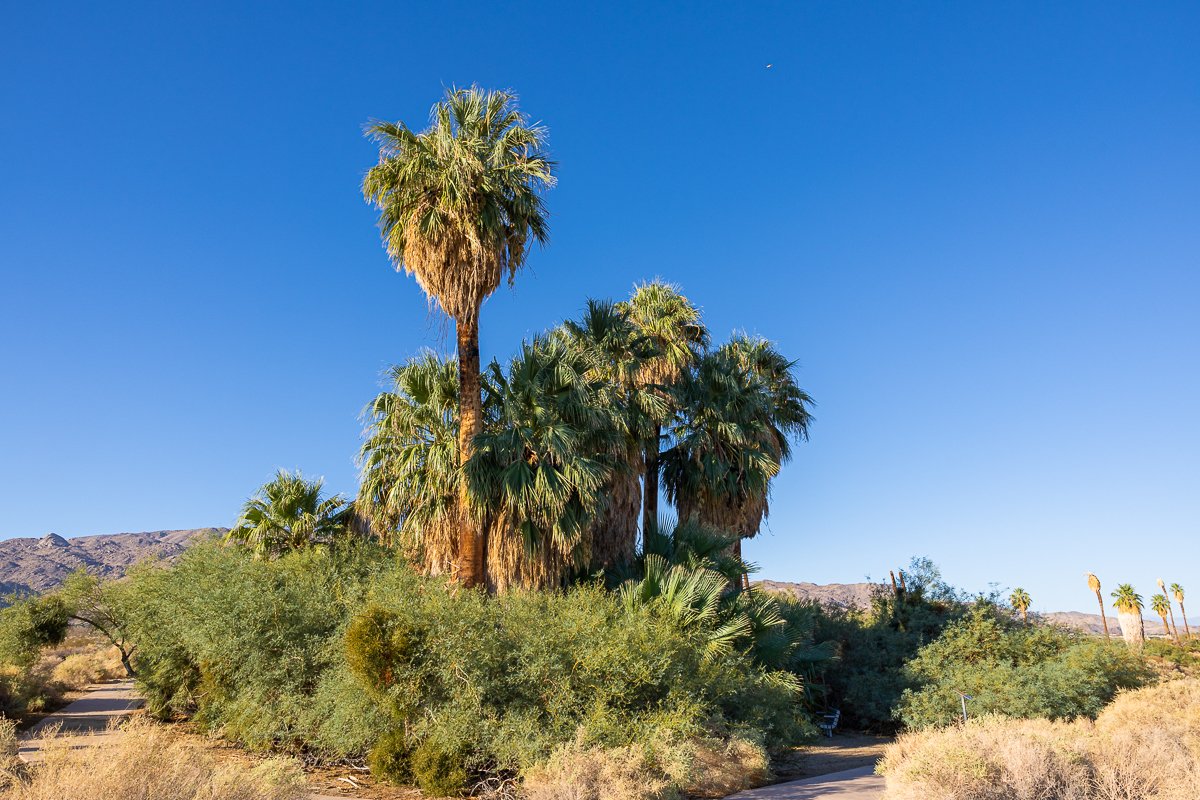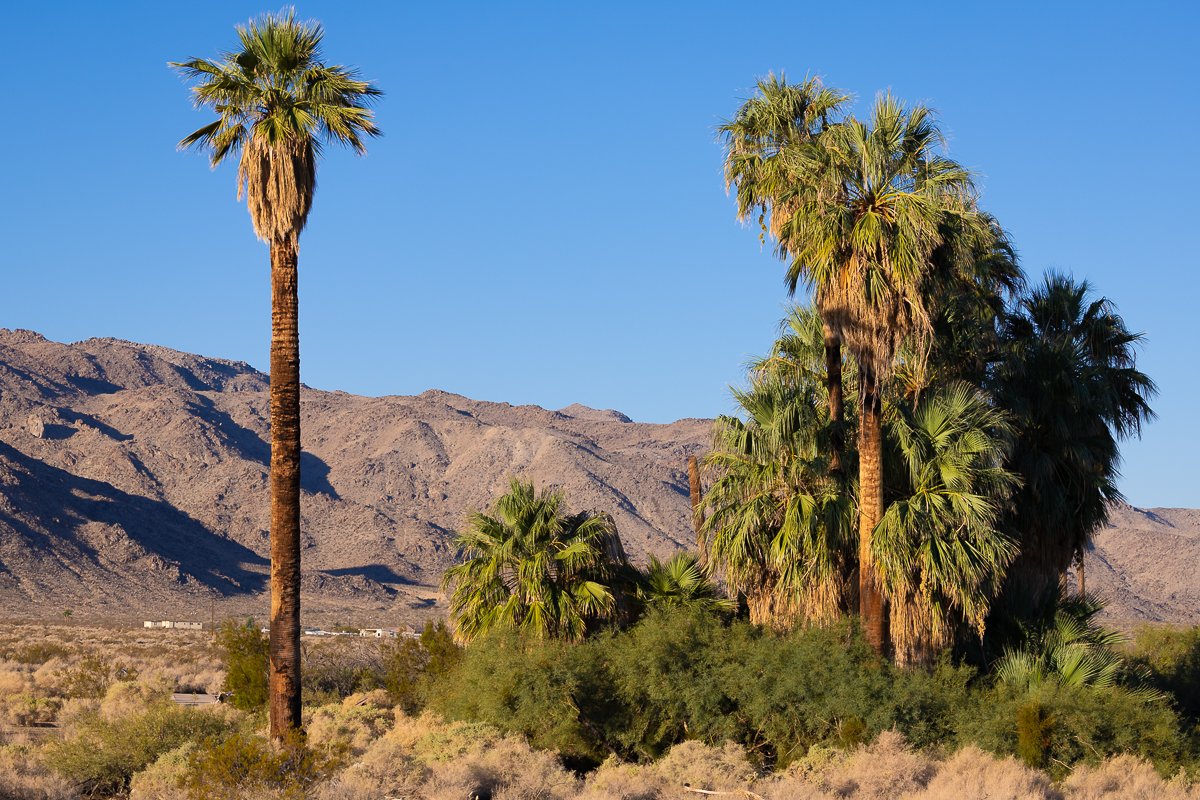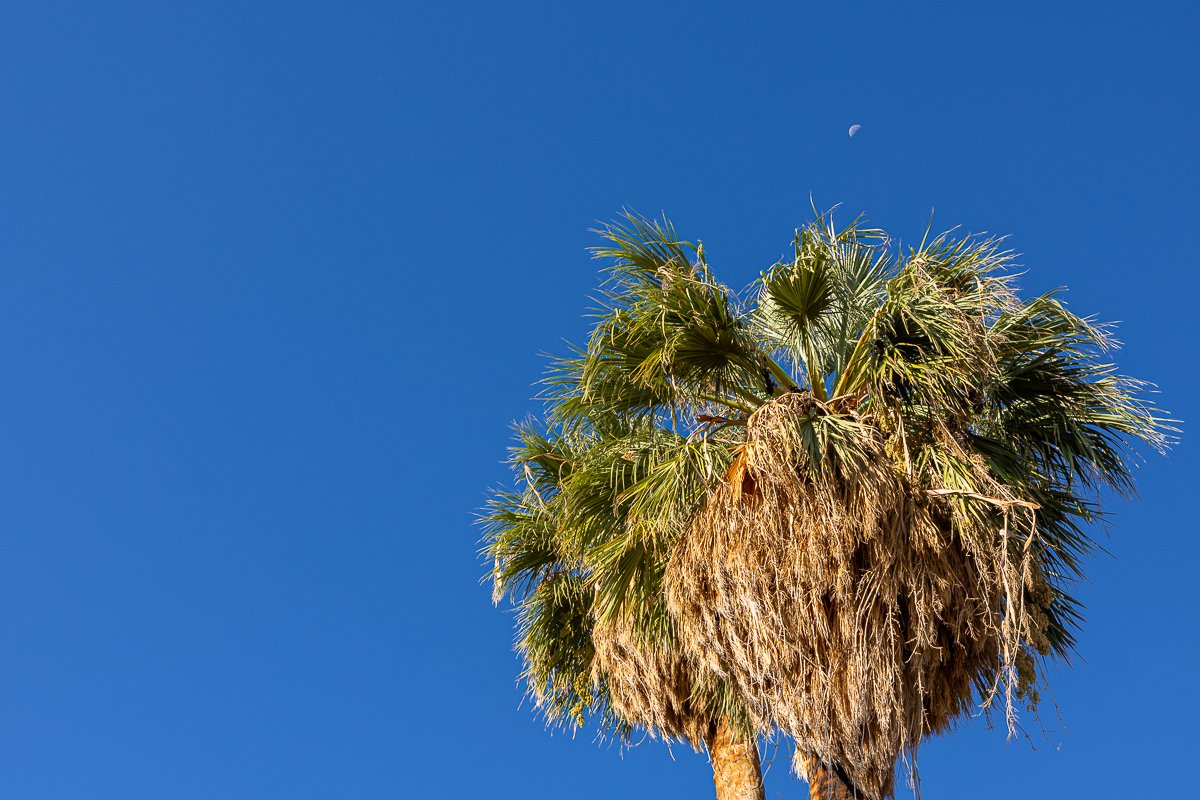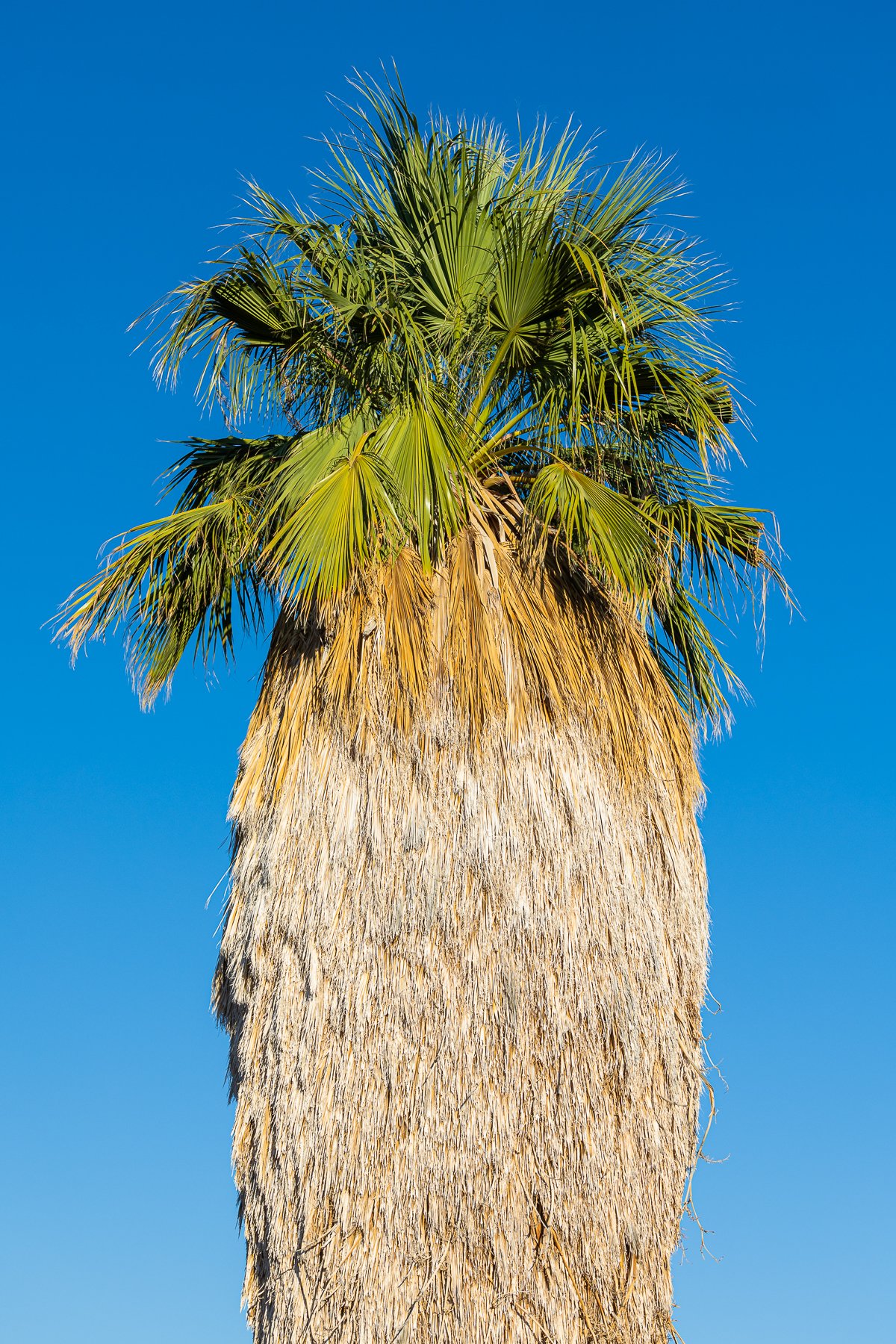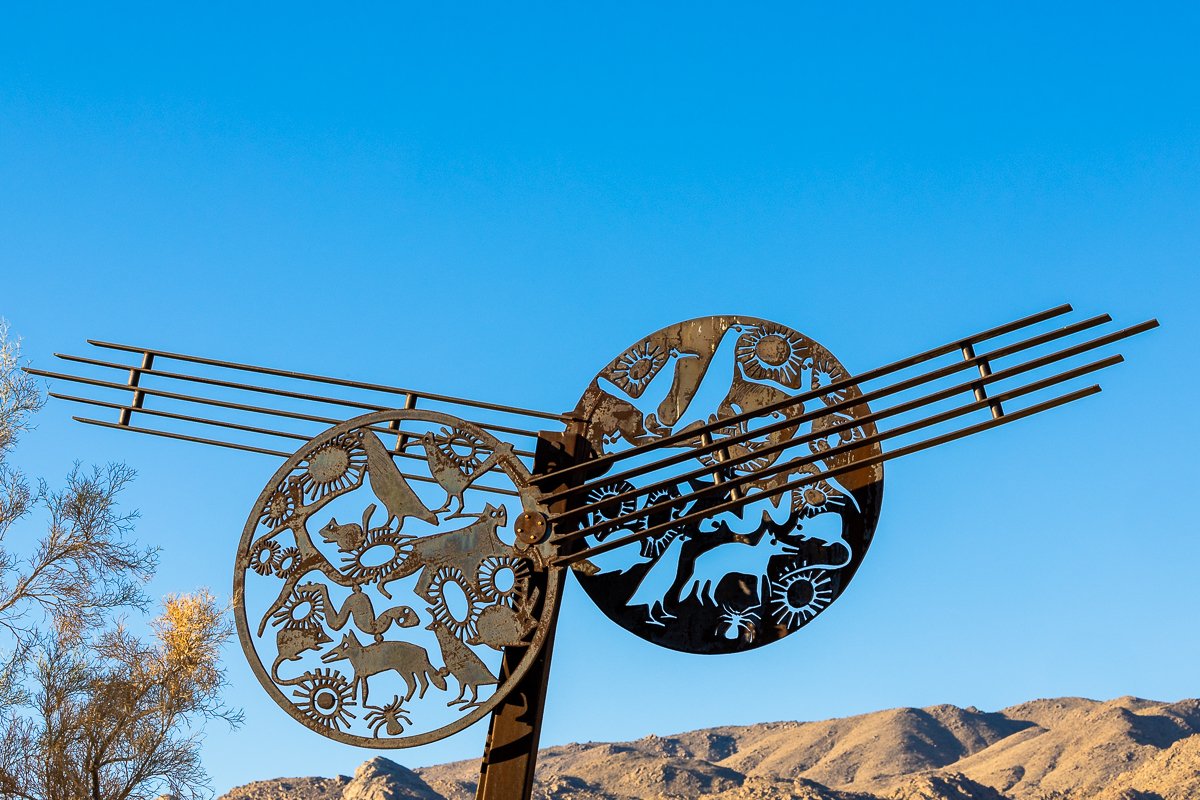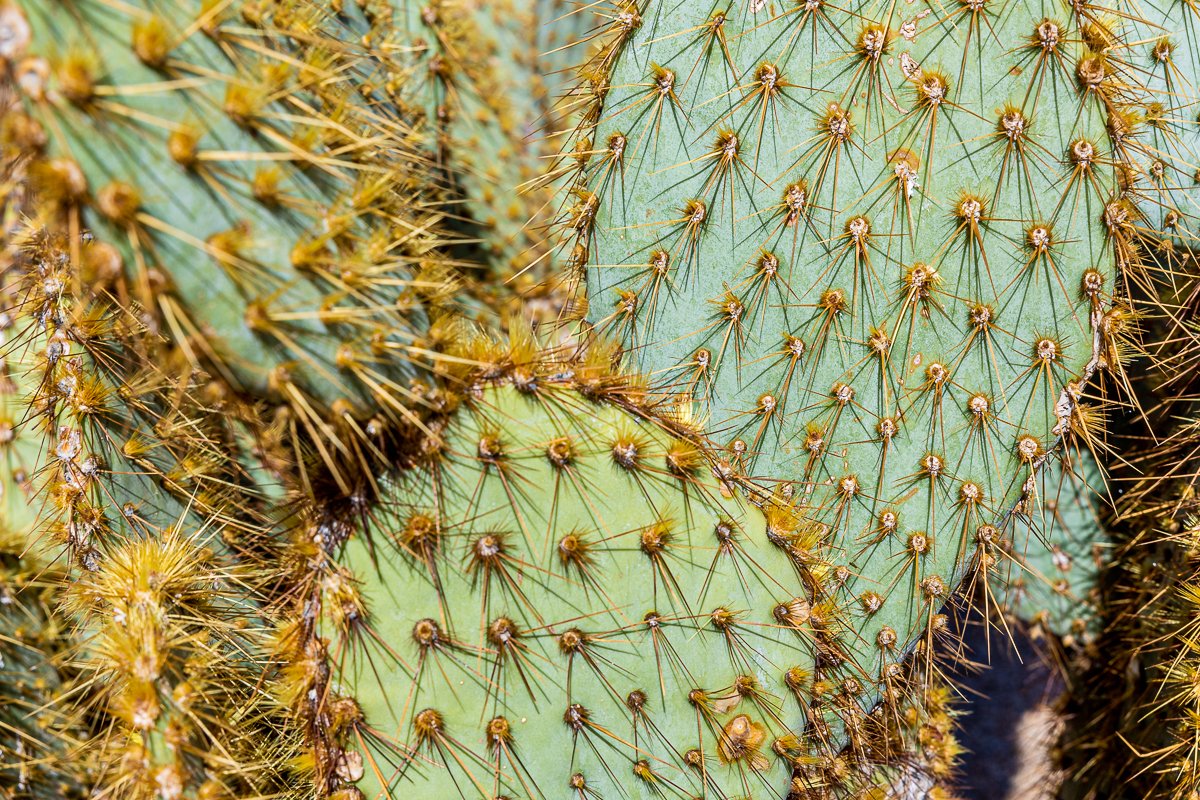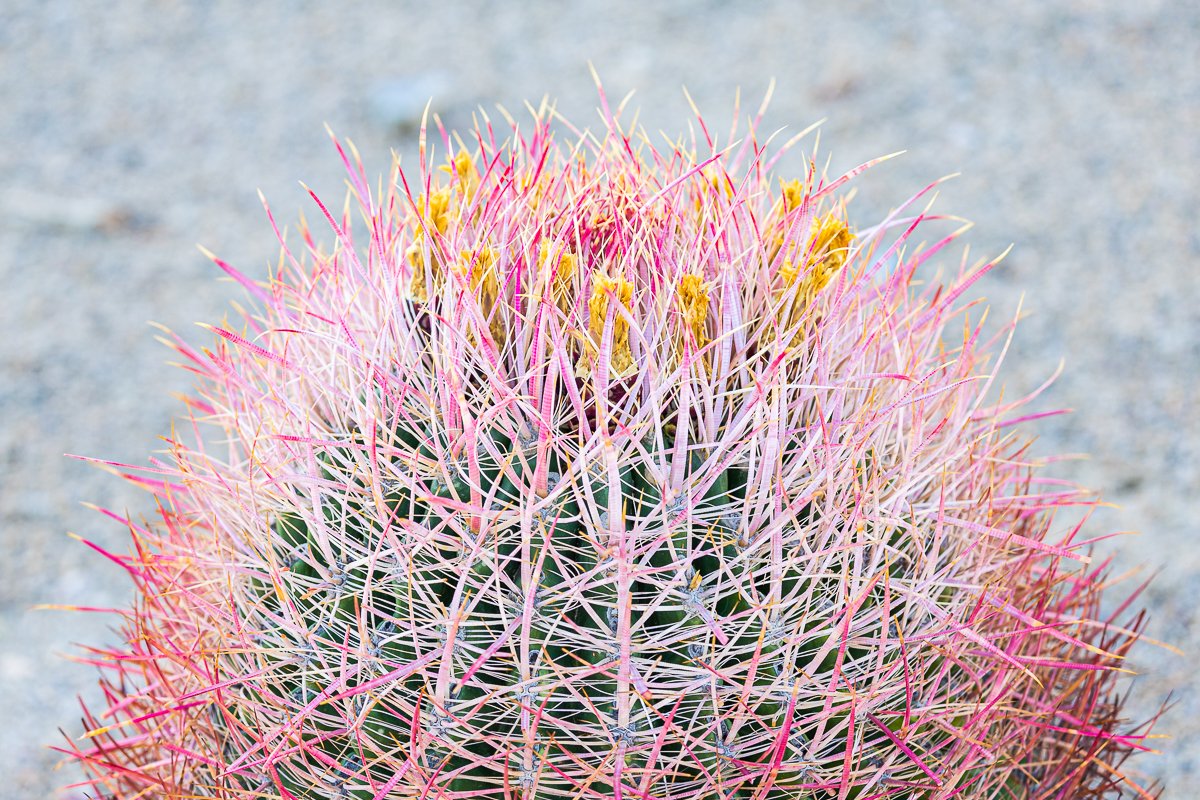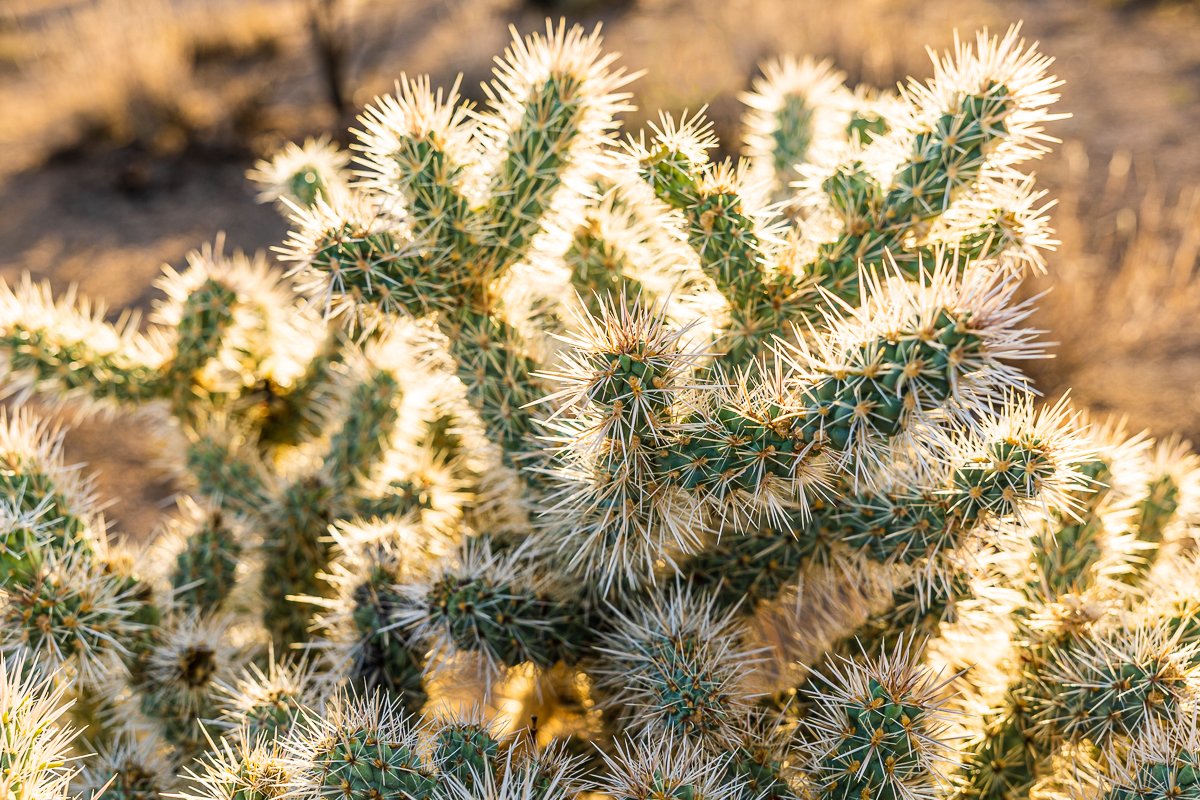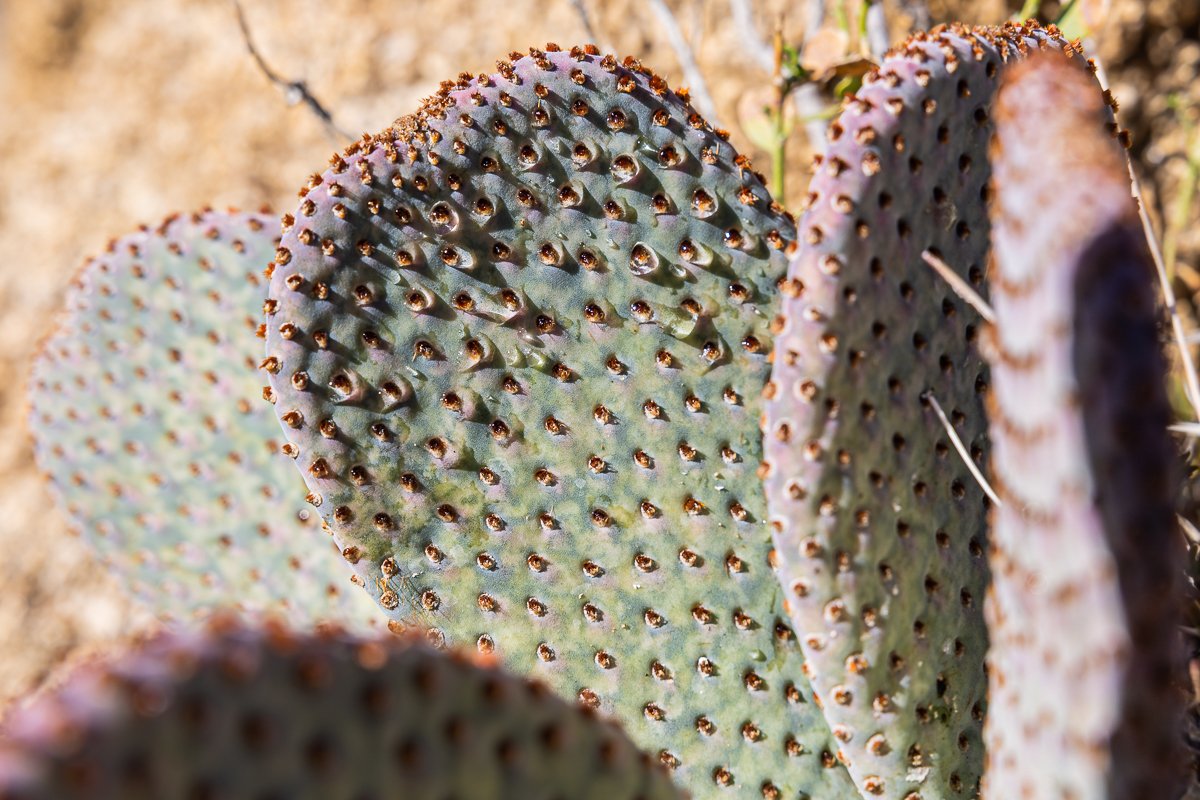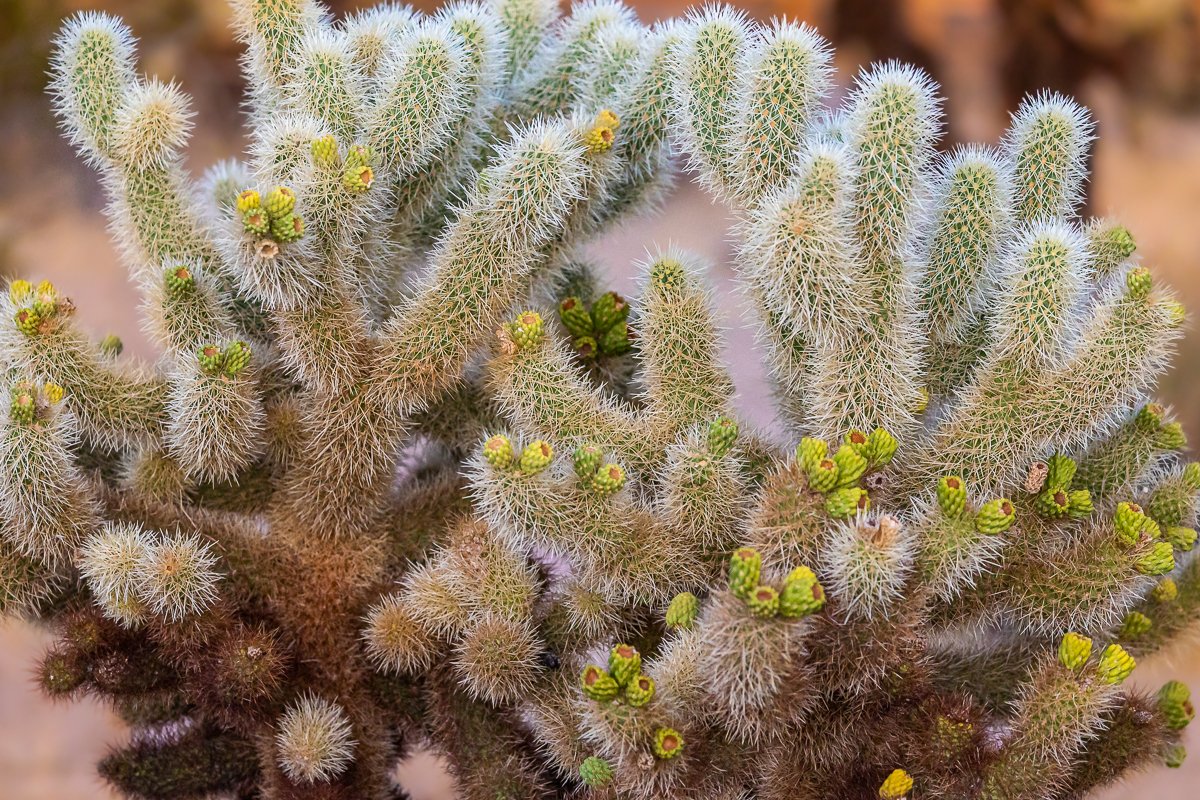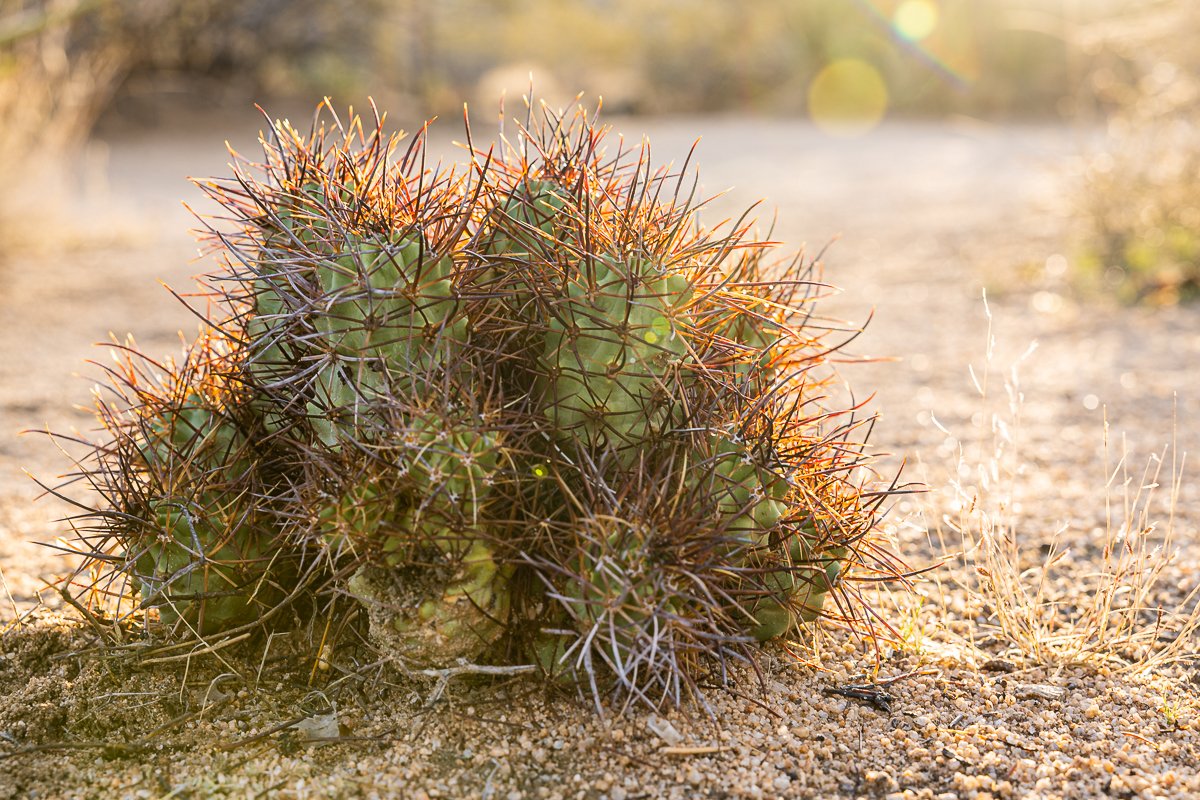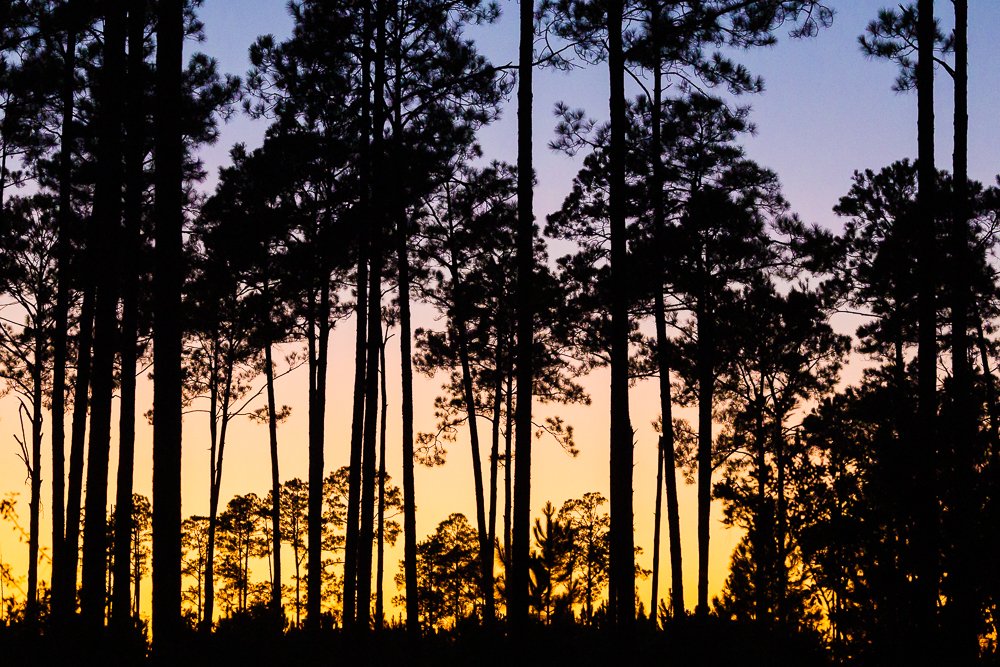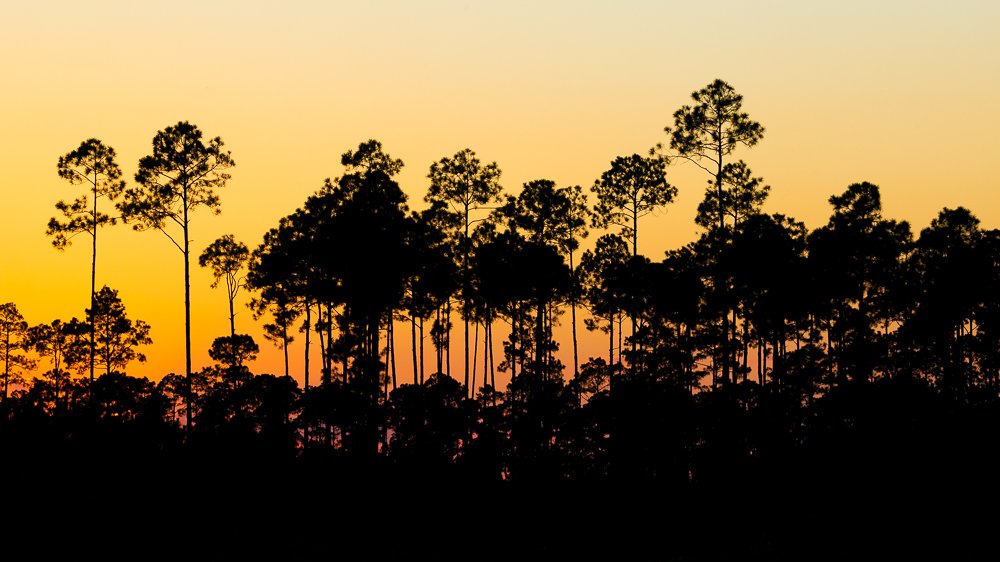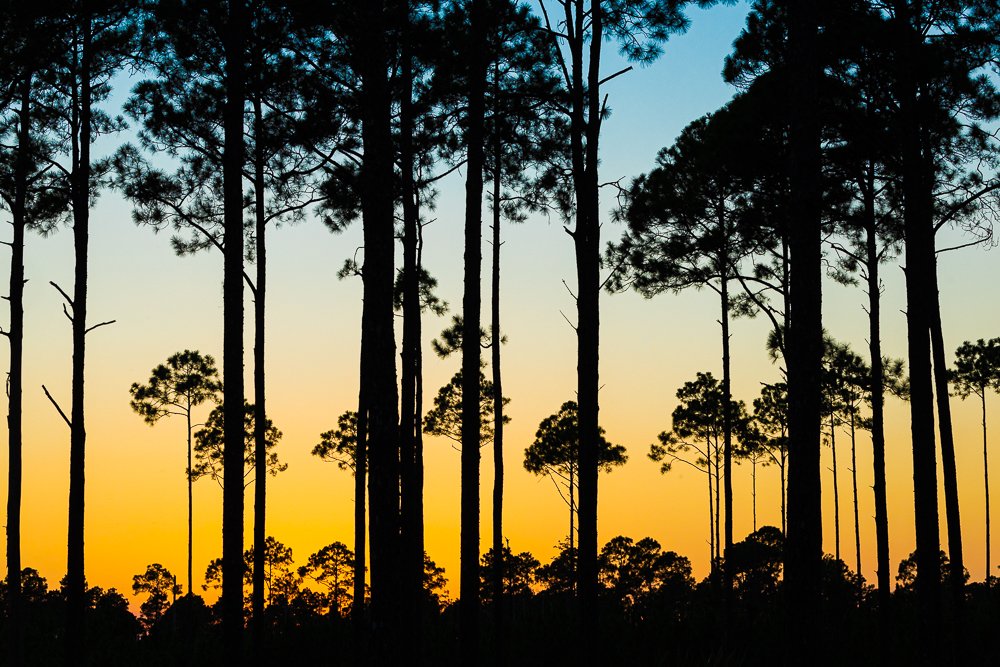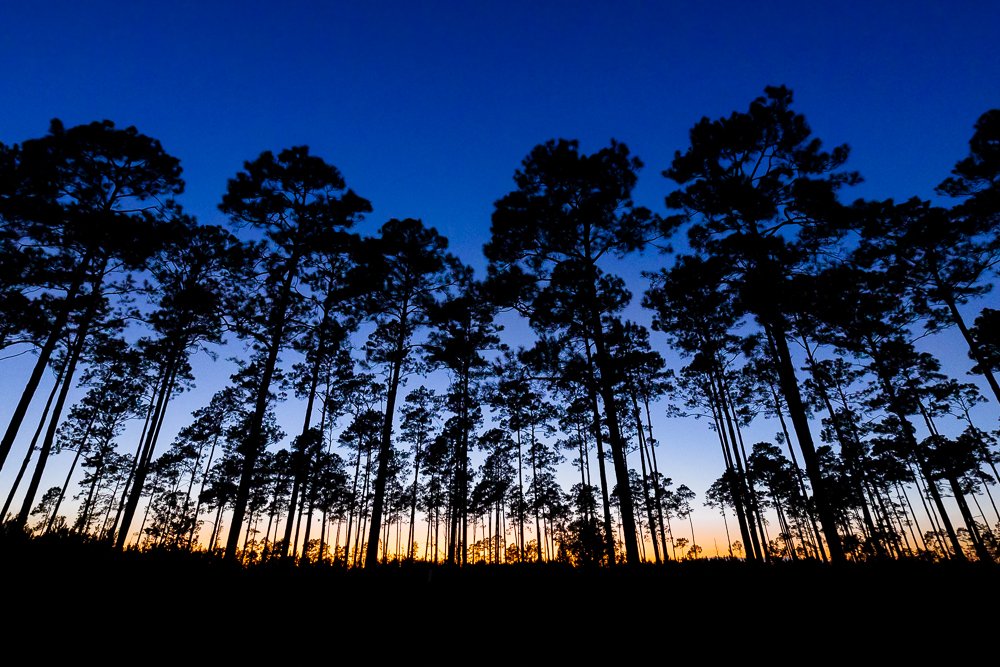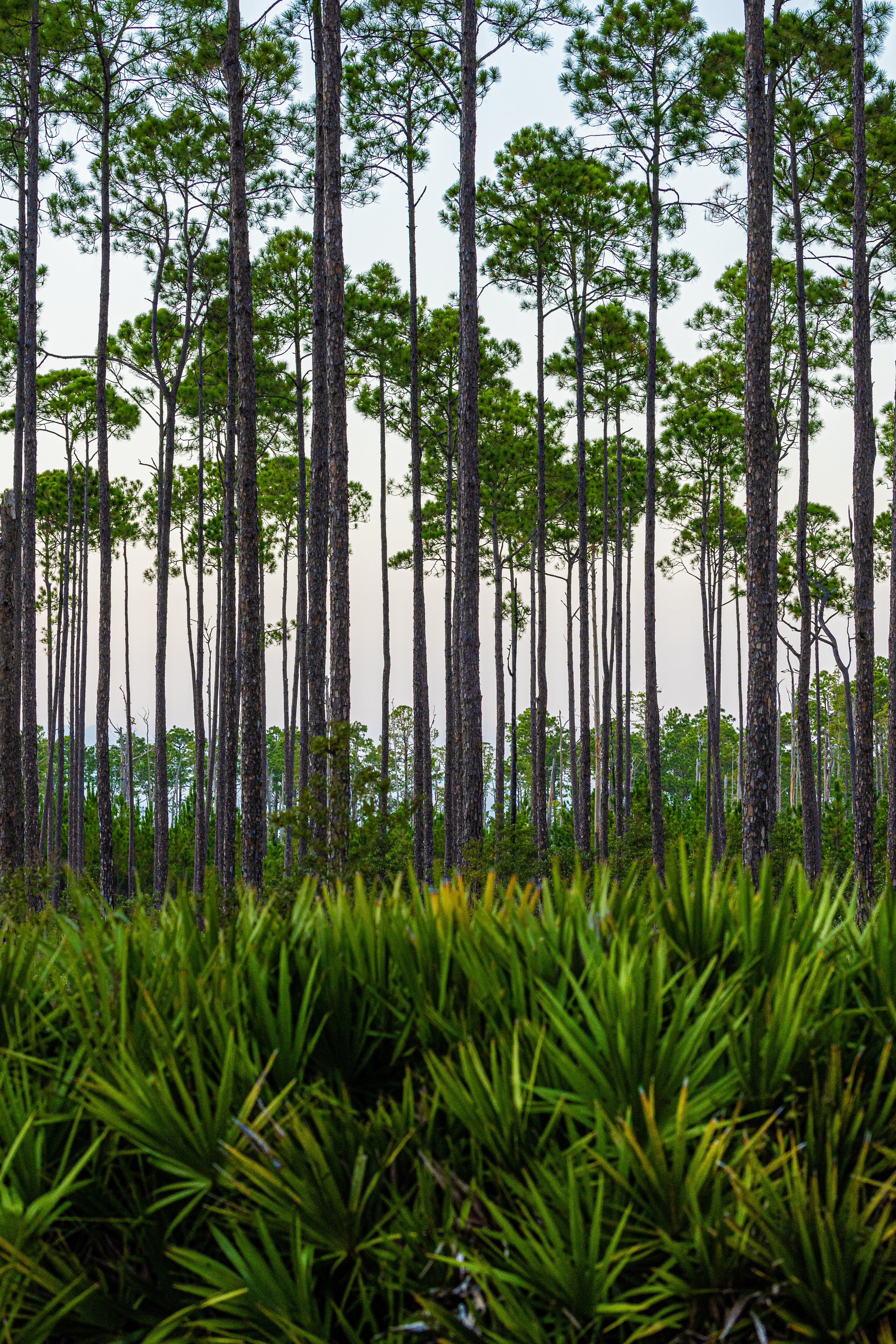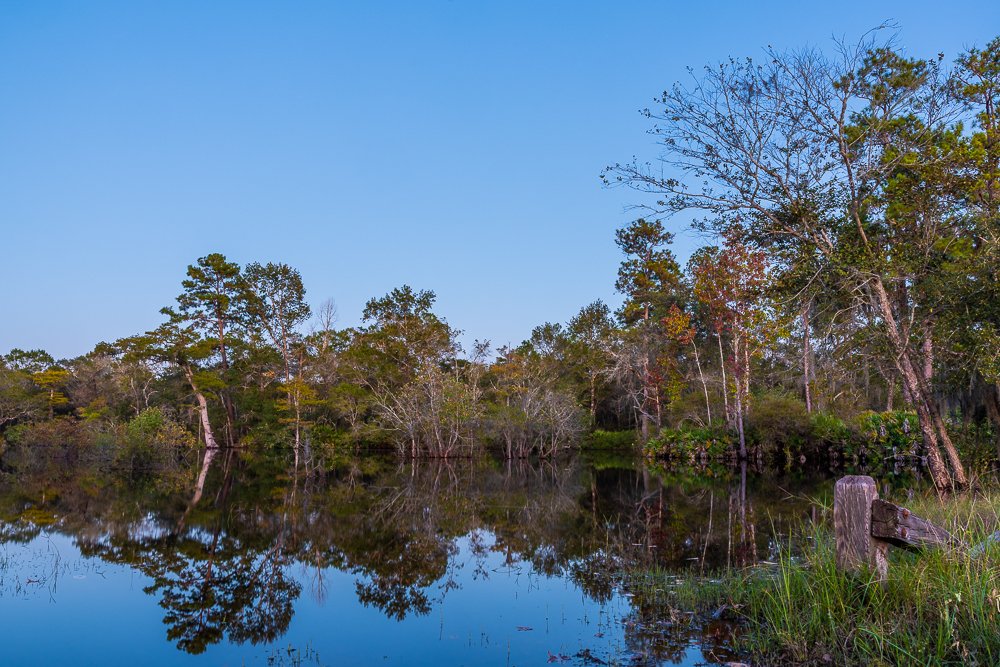Nestled within Yosemite National Park's majestic landscape, the meadows stand as unsung heroes of ecological significance. This collection of photographs offers a glimpse into the heart of Yosemite's meadows, showcasing their pivotal role in maintaining the park's delicate balance. Serving as biodiversity hotspots, these meadows host a rich tapestry of native flora, from delicate wildflowers to resilient grasses. Their open spaces provide vital habitats for wildlife, contributing to the park's diverse ecosystem.
Beyond their picturesque charm, Yosemite's meadows play a crucial role in the park's hydrological balance. Fed by streams and rivers, these meadows ensure a sustainable water source for both plant and animal life. As you explore these images, appreciate not only the scenic beauty but also the interconnected web of life that thrives within these seemingly serene landscapes.
I hope you enjoy these images of my morning strolls through these stunning grasslands on a cold winter’s day.

